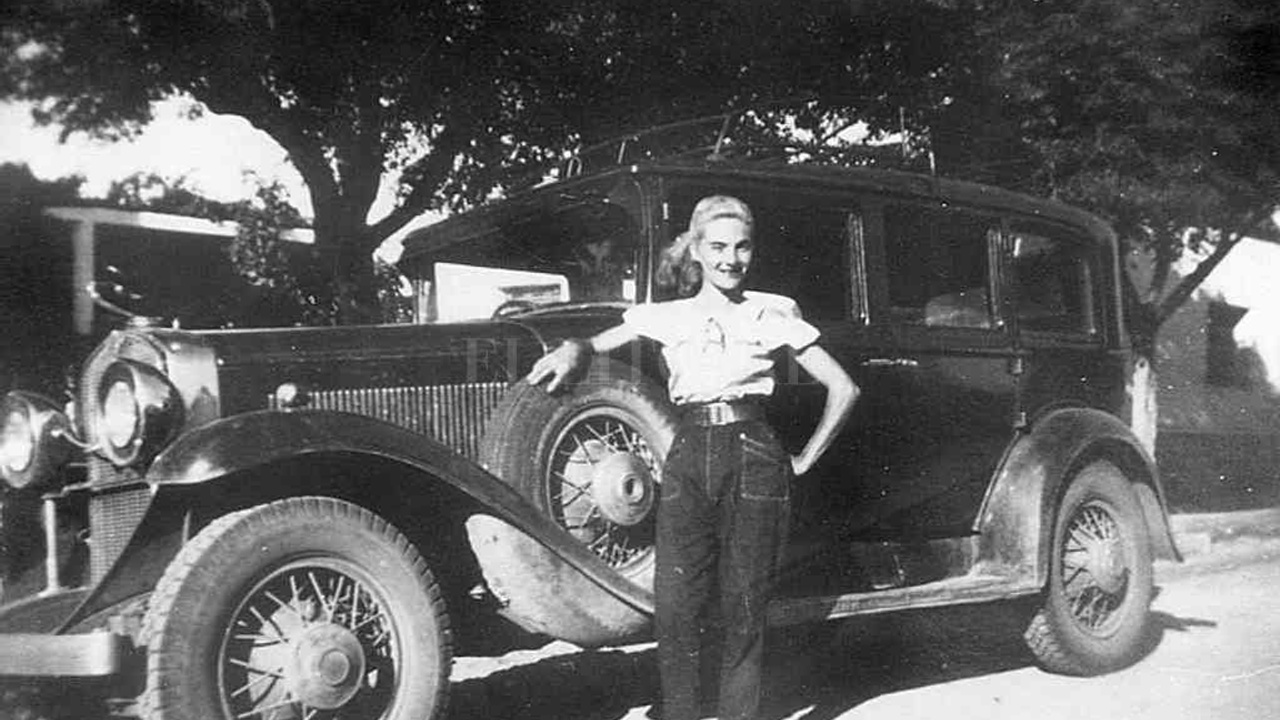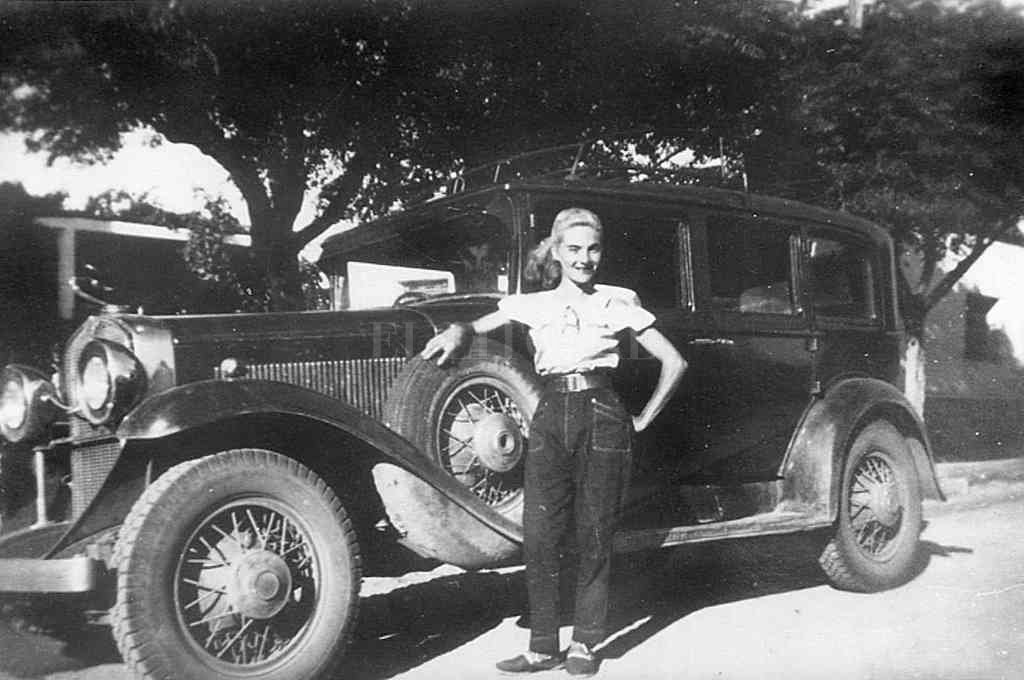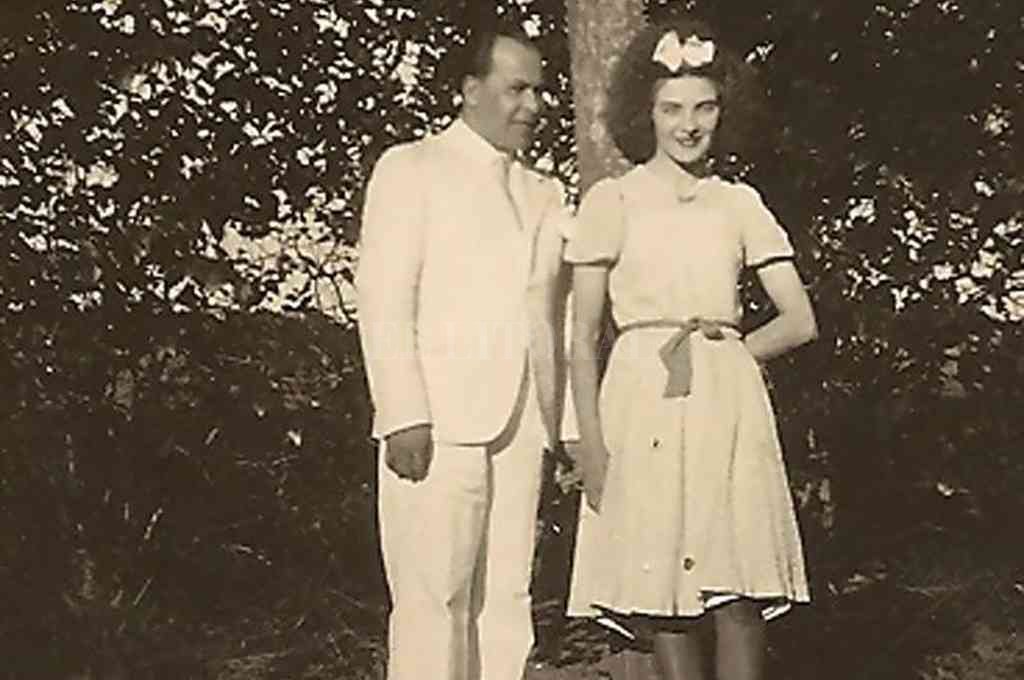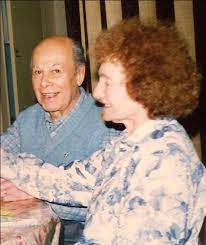Merceditas
Sep 12, 2021
Merceditas
12 Sep 2021 by Cosima Díaz Campos
Merceditas - Tango
Orquestra Símbolo Osmar Maderna
Direction: Aquiles Roggero (originally violinist)
Singers: Adolfo Rivas & Raúl Aldao
Composition & lyrics original chamamé: Rámon Sixto Rios
Arrangement for tango: presumably Osmar Maderna made the arrangement
Recorded in 1958.
Tangomusic & tangodance aficionados alike love the tango 'Merceditas'. The intro of this tango starts with the intense descending glissando by the violins, to continue with the peaceful and calming melody of this piece in e-minor. If the melody would be a landscape, I would see fields of granes waving in the wind.
After this intro the beat is picked up by the whole orchestra, with the sharp sounds of the bows of the violins on the string, to emphasize the rhythms. In this part, the violins continue with fast and accentuated descending glissandi, which gives the effect of almost a cry of sorrow or a scream of pain. This part also has a few sharp syncopated accents by the violins.
Then the first singer starts the calming, nostalic and romantic song, and the second singer joins for the chorus. With the next strophe the singer slows down a lot, which creates an intense and nostalgic, sad feeling. And then in the chorus the orchestra picks up the clear beat again, and the bandoneons and piano link each verse with virtuoso rhythmical variations.
This piece is so inspiring for dancers, because the dancers have so much to choose from to interpret: the different tempi, the singer or the instrumental variations, and the different feelings in the music from sad and subdued from the feeling of losing or missing love, to the elated feeling from reliving that joyful moment of love.
The finaly of this composition is really remarkable. The finale starts with the piano in three strong accents, with the fourth accent played by the low tone of the piano, followed by the sharp high screaming bandoneons... and then this piece is closed by the romantic walking ascending intervals by the piano.
Many tangolovers will recognize the piano ending of Merceditas as the typical signature of the orchestra of Miguel Caló. Pianist Osmar Maderna has played in the orchestra of Miguel Caló since 1939. Before 1939 Miguel Nijensohn was the main pianist of Miguel Caló, and Miguel Nijensohn created this special signature at the end. Caló's orchestra is since then wellknown for this romantic and playful piano signature at the end of their tangos y valses. And Maderna took Nijensohns signature with him, when he continued to play in the Orquesta Símbolo Osmar Moderna.
Merceditas - Chamamé
What many tango aficionados might not know, is that Merceditas is originally a chamamé. Those who went to Kindergarten in Argentina know the melody and lyricis of this popular chamamé by heart, and might never get used to the tango version. Maybe that is why most performers who choose the tango Merceditas for their exhibition are non-Argentines.
This beautiful chamamé is composed by the legendary folklore artist Rámon Sixto Rios. This piece is a true love story. He wrote this for his love Mercedes.
Before I tell you more about the composer and the love story, I invite you to listen to the chamamé Merceditas:
Ramón Sixto Ríos
Ramón Sixto Ríos (1913-1995) was an Argentine guitarist, composer and singer.
In 1939, at age 26, he met the 23-year old Mercedes Strickler Khalov (1916-2001) in Humboldt, during a tour with a theatre company.
Merceditas was the daughter of German immigrants. She had lost her father as a little girl and had worked with her mother and sister running the dairy farm in Humboldt, in the Argentine province Santa Fe.
Ramón met Merceditas at the Club Sarmiento in Humboldt and, after his performance singing in a show, he asked her to dance and they danced a tango.
Merceditas was an unusual woman of that time. With a fiercely independent spirit, she could be seen in town on a motorcycle wearing leopard print trousers, boots and a leather jacket.
After this meeting in 1939 Ramón went back to Buenos Aires, where he lived at the time, and they wrote each other letters every day!
In 1940, Ramón composed the Chamamé Merceditas, which is considered as one of the most famous folklore pieces in Argentine history. In an interview Mercedes said, that the lyrics contained texts that he had been writing to her in his letters. In 1940 he first composed this piece instrumantally, on guitar. Later he added the lyrics. We don't know when exactly, but I presume years later.
In 1941, Ramón visited Humboldt and proposed marriage, but Merceditas declined. She did not want to leave her parents home. Despite this, the correspondence continued until 1945, when she stopped answering. He continued to write but, realising his love was unrequited, he too eventually stopped writing. Eventually he got married to another woman, but his wife passed away after two years of marriage.
In the 1980s, a Buenos Aires magazine published an article that included an interview with Merceditas. Following the article, Ramón invited Merceditas to Buenos Aires and they met shortly afterwards. Still in love, he proposed marriage but she again rejected his proposal but they remained in close contact until, on Christmas Day, 1995, he died aged 82. His last act was to bequeath the rights of the chamamé Merceditas to Mercedes Strickler Khalov. He also had been saving money at home, and he gave it all to her. Mercedes lived to be 84 and passed away, having never married, still living at her parents house, on 8 July, 2001, the day after Ramón's Birthday.



Meeting again in the 1980s
Lyrics Merceditas
Qué dulce encanto tiene
en mi recuerdo, Merceditas,
aromada florecita,
amor mío de una vez
La conocí en el campo,
allí muy lejos, una tarde,
donde crecen los trigales,
provincia de Santa Fe.
Así nació nuestro querer,
con ilusión, con mucha fe.
Pero no sé por qué la flor
se marchitó y muriendo fue.
Y amándola con loco amor,
así llegué a comprender,
lo que es sufrir, lo que es querer;
porque le dí mi corazón.
Como una queja errante
en la campiña va flotando
el eco vago de mi canto,
recordando aquel amor.
Pero, a pesar del tiempo
transcurrido, es Merceditas
la leyenda que palpita,
en mi nostálgica canción.
Así nació nuestro querer,
con ilusión, con mucha fe.
Pero no sé, por qué la flor
se marchitó y muriendo fue.
Y amándola con loco amor,
así llegué a comprender,
lo que es sufrir, lo que es querer;
porque le dí mi corazón.
Translation of one strophe.
He wrote this in 1940, only one year after their first meeting in 1939.
Who would have known that the lyrics were prophetic, and that Merceditas is still the legend who beats in this nostalgic song, even now in 2021, 82 years after their meeting.
Pero, a pesar del tiempo
transcurrido, es Merceditas
la leyenda que palpita,
en mi nostálgica canción.
But, no matter how much time has passed,
it is Merceditas
the legend who beats,
in my nostalgic song.
This is an interview with her. Every time she speaks about him, you can see the love in her eyes. In another interview she explains, that when he came with the rings to propose, she said 'no', because she did not want to leave her mother. She lived at her parent's house untill her passing away. She never got married, and she lives with 30 cats. She calls them her family. She always wrote a lot, until old age, and she loves poetry. She says in an interview that if anything goes wrong, it is because God punished her, because she left him.
Here you can see a beautiful exhibition of the folklore dance 'Chamamé'.


